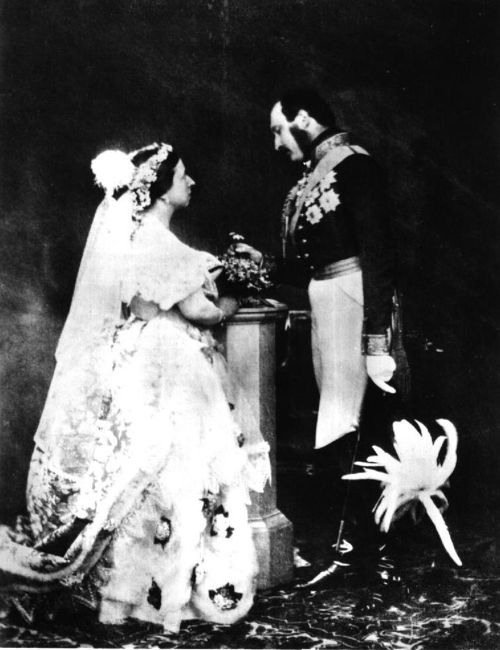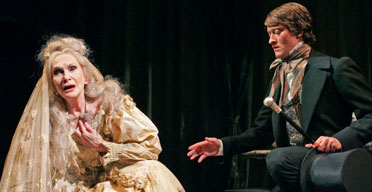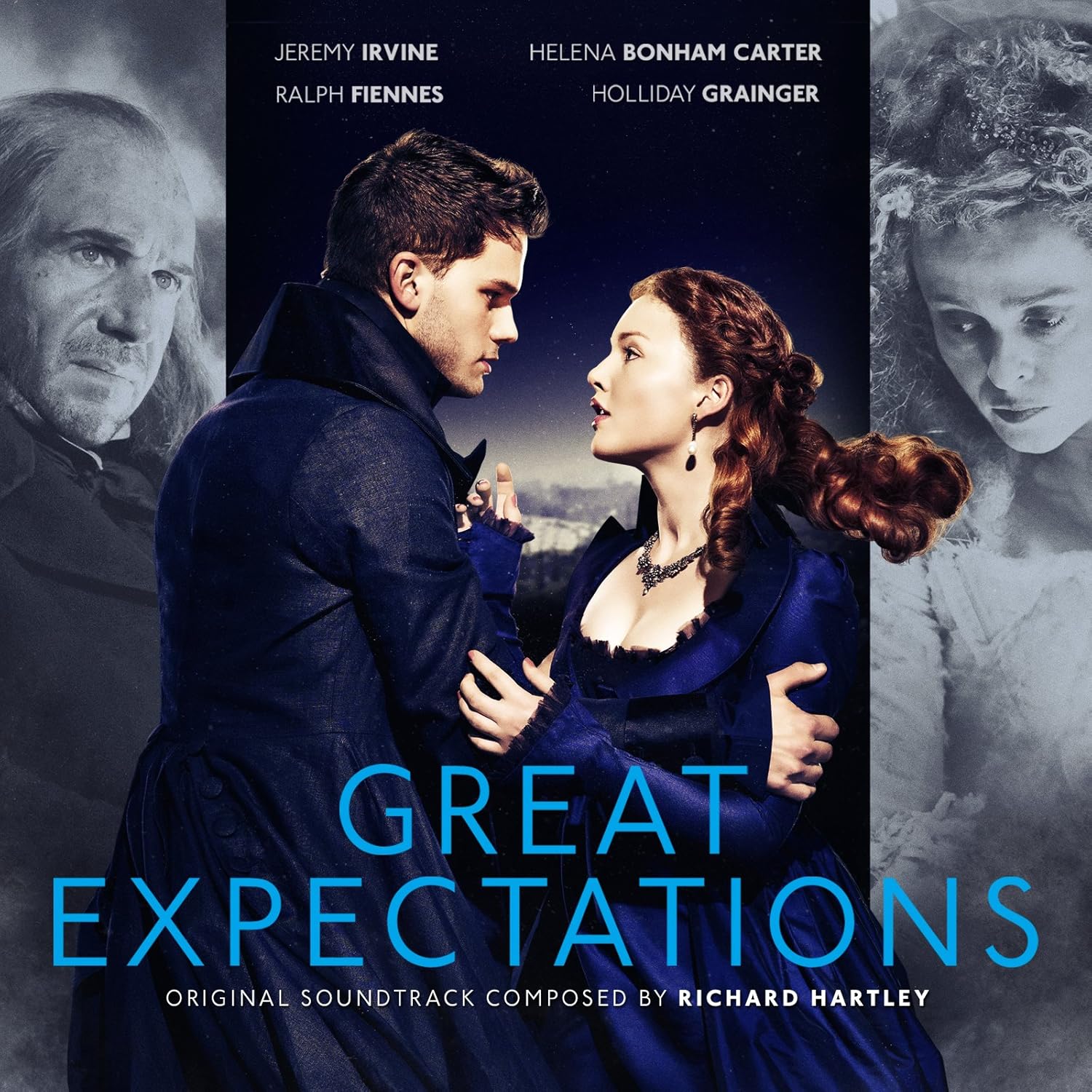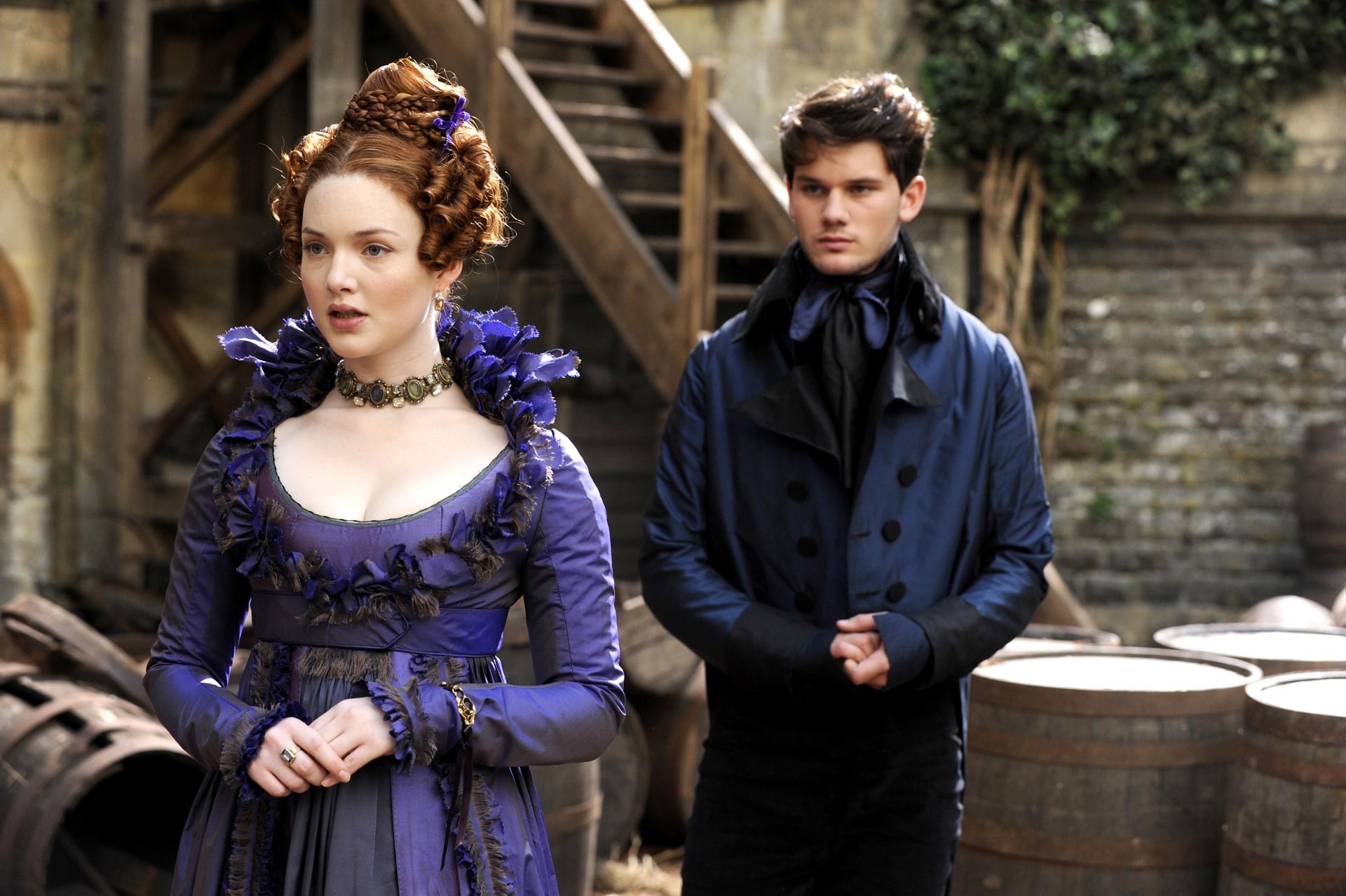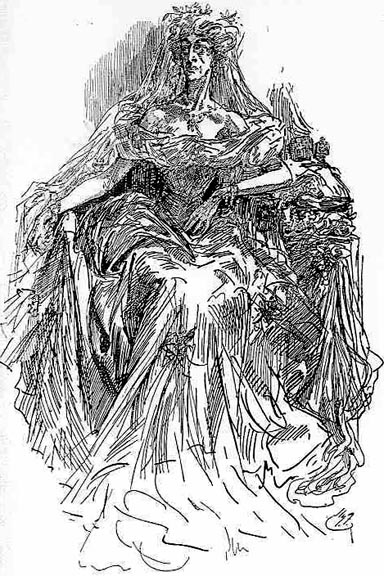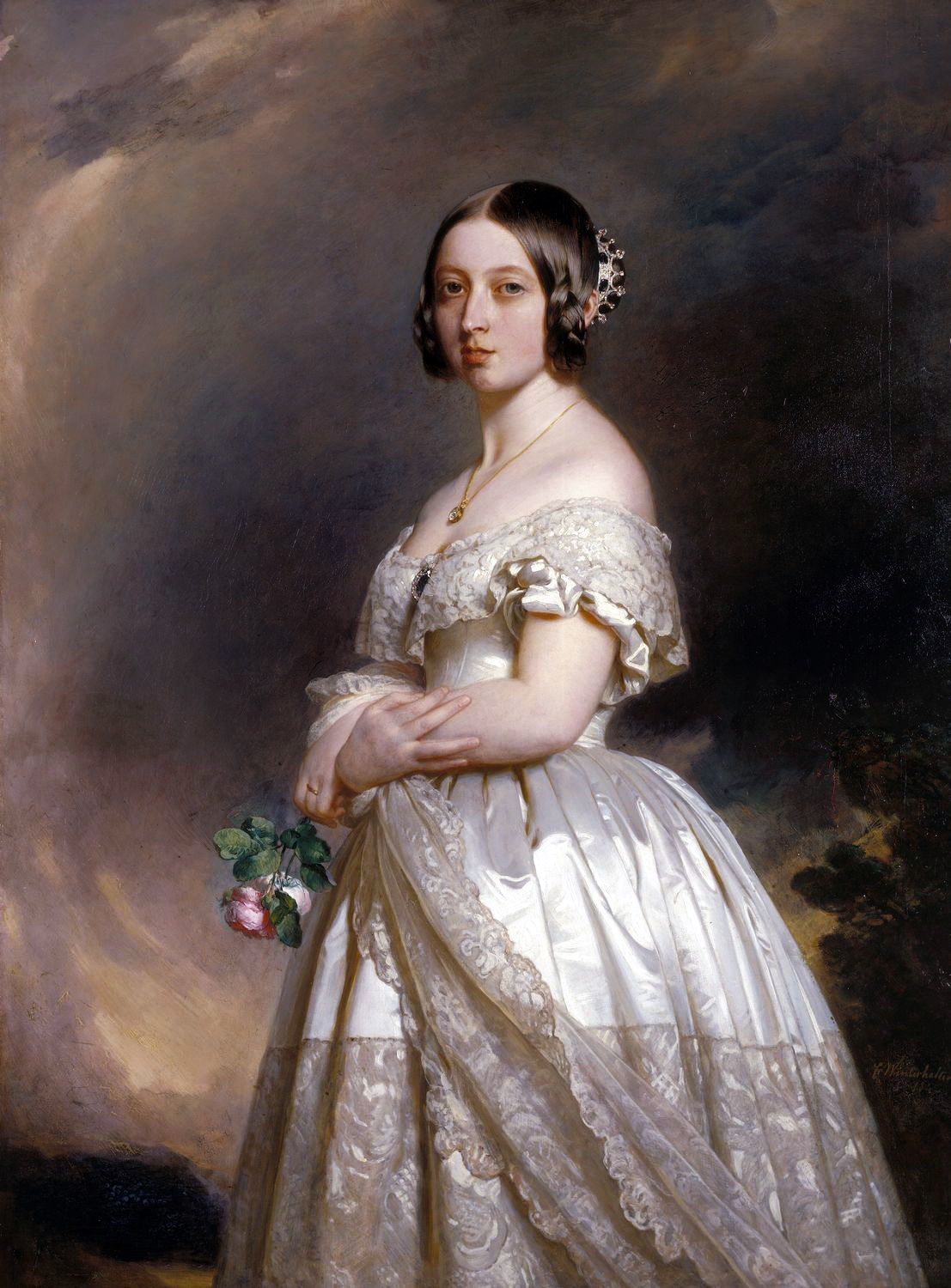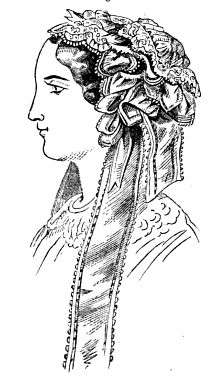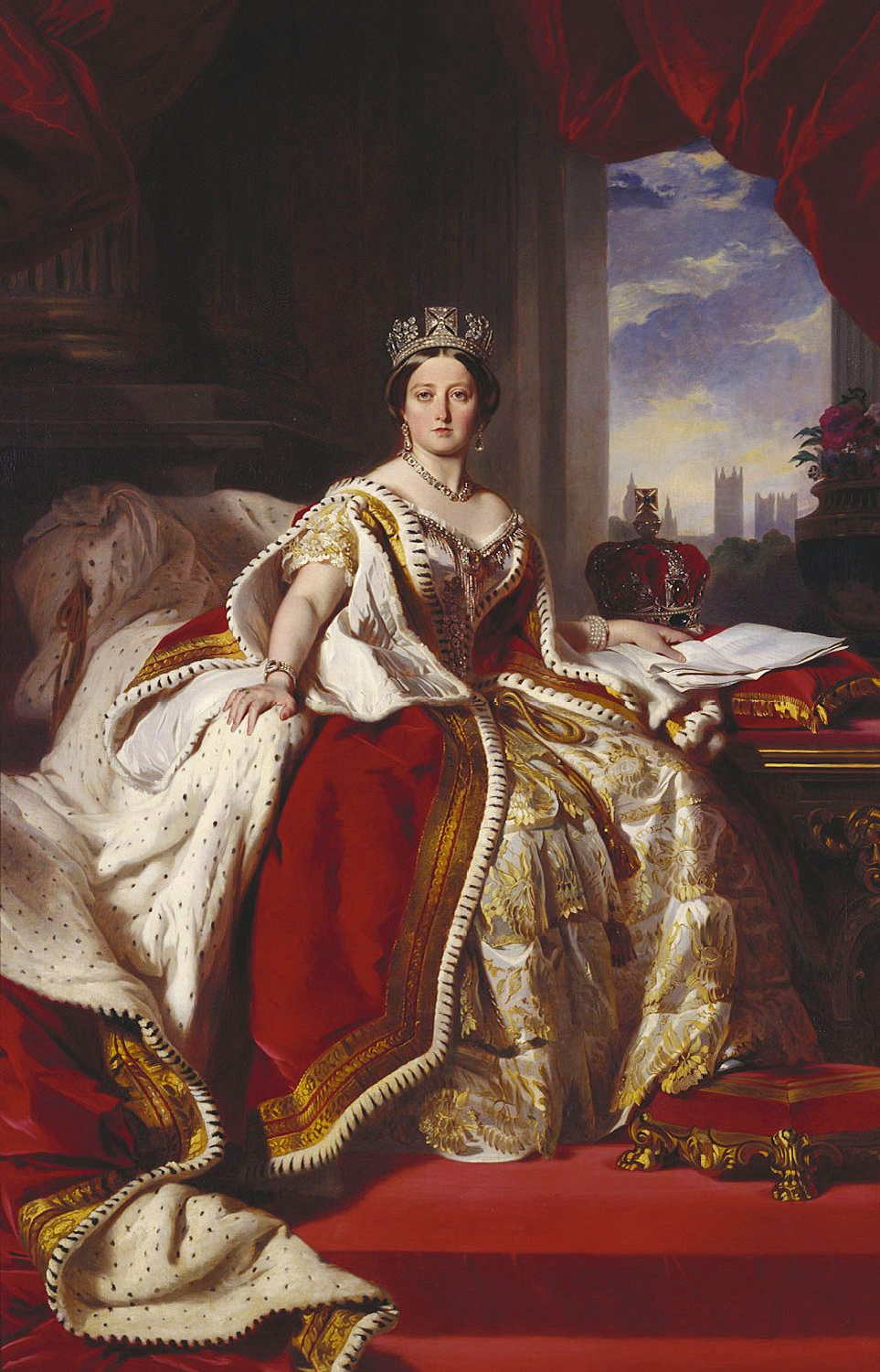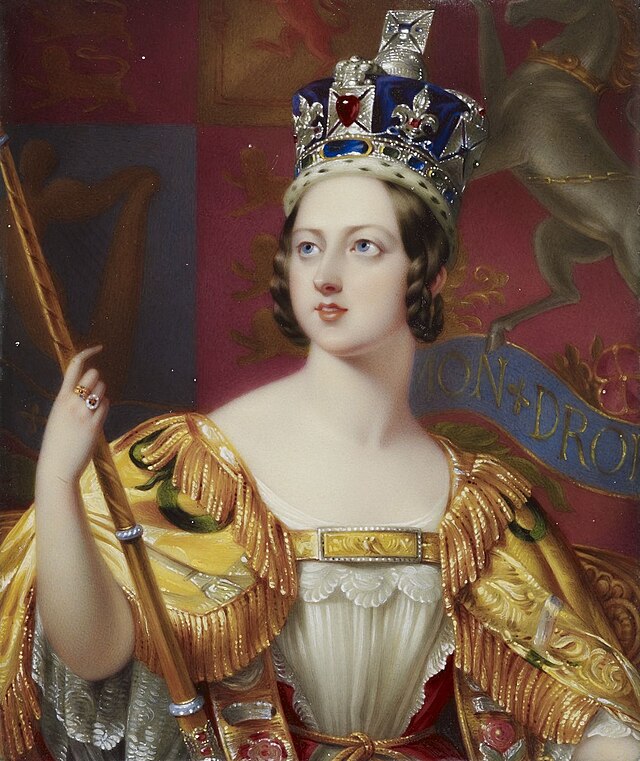There are key motifs and features within Gothic and they are:
- Strange places
- Crisis
- The uncanny
- The sublime
- Clashing time periods
- Sexual power
- A world of doubt
- The supernatural and the real
- Terror versus horror
- Power and constraint
There is a novel called 'The Castle of Otranto' by Horace Walpole and it is regarded as the first Gothic novel and has made influences to the literature writing. It was published in 1764 and has got gothic and horror elements in the novel. It includes mysterious sounds, create suspense atmosphere, fear and supernatural. There are motifs with Gothic literature and they are:
- The grotesque
- The stranger
- Clashing time periods
- Transformation
- Unknown places
- Fear, terror and horror
- The supernatural and the real
- Mysterious
- Crisis
- A world of doubt
- Romance
Architecture:
Gothic architecture is the architecture of the late medieval period and it features buttresses, pointed arch, rib vault, towers, tracery, etc. Nowadays, the greatest number of surviving Gothic buildings are cathedral. There is an example such as Salisbury cathedral in Salisbury, England. It exudes majesty with its elongated structure and has got the features of Gothic buildings such as the skeletal structure and decadence.
 |
| http://static.thousandwonders.net/Salisbury.Cathedral.original.2083.jpg The Salisbury Cathedral |
 |
| http://www.thelondonplan.com/wp-content/uploads/2007/04/img_4498.jpg |
Fashion
In fashion, dark hues colour like black and purple represents Gothic and also rich fabrics such as velvet. The style of the clothing looks mysterious, dark and exotic. Cintra Wilson declares that "The origins of contemporary goth style are found in the Victorian cult of mourning."
During the mourning period of Prince Albert's death in 1861, Queen Victoria and the members of her court wore black clothing and mourning jewellery and it influenced fashion and become popular.
 |
| http://blog.usantiqueshows.com/wp-content/uploads/sites/14/2014/11/Queen-Victoria.jpg Queen Victoria |
The Victorians have got an obsession of death and it becomes a morbid fascination. During the Victorian era, there were high mortality rates in adults and children and death became common. There were things Victorians would do to express their fascination of death such as taking Memento Mori photographs, park cemetery become popular and having mourning jewellery. Mourning jewellery are bracelets, necklace and rings which made from woven human hair and it is a way for the Victorians to remember their beloved ones.
Mourning Traditions during the Victorian era
- Curtains in the house were drawn
- Clocks stopped at the time of death
- Wreath laurel, yew or boxwood tied with crape or black ribbons were hung on the front door to alert people there was a death occurred
- The body was watched at all times until burial
- Keepsakes were produced and given out such as funeral cards, invitations and memorial cards
- Relatives would surround the bed of the dying
- Valued the last words of the dying
- Memento Mori Photographs and death masks were produced of the dead
- Houses were filled with mementos
- Cover the mirrors in the house with black fabric
- Cover the mirrors in the house with black fabric
- Wrapping the door handles with black crepe tied with a white ribbon to let people know they shouldn't ring the bell because it could jar the nerves of the mourners
- Friends and family might stay with the bereaved overnight and surround the bed
- It was suggested that calls of condolences be made ten days following the death or when the person felt well enough to show up for church services
- People in deep mourning did not attend any social events for up to a year
